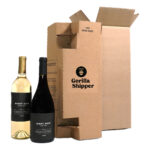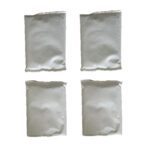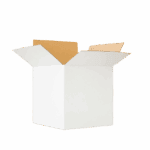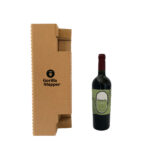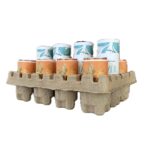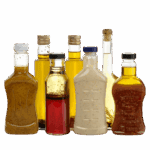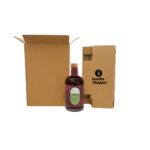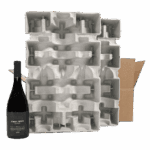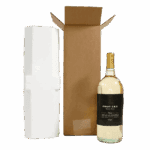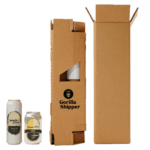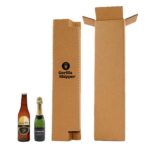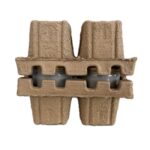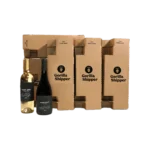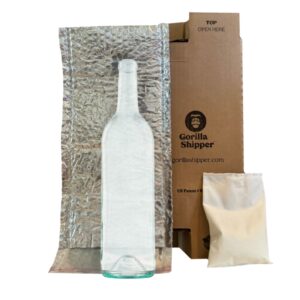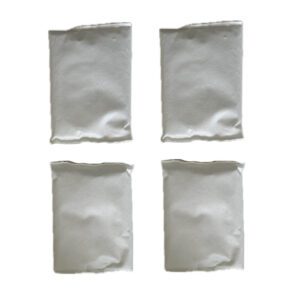A Complete Guide to Smart Packaging
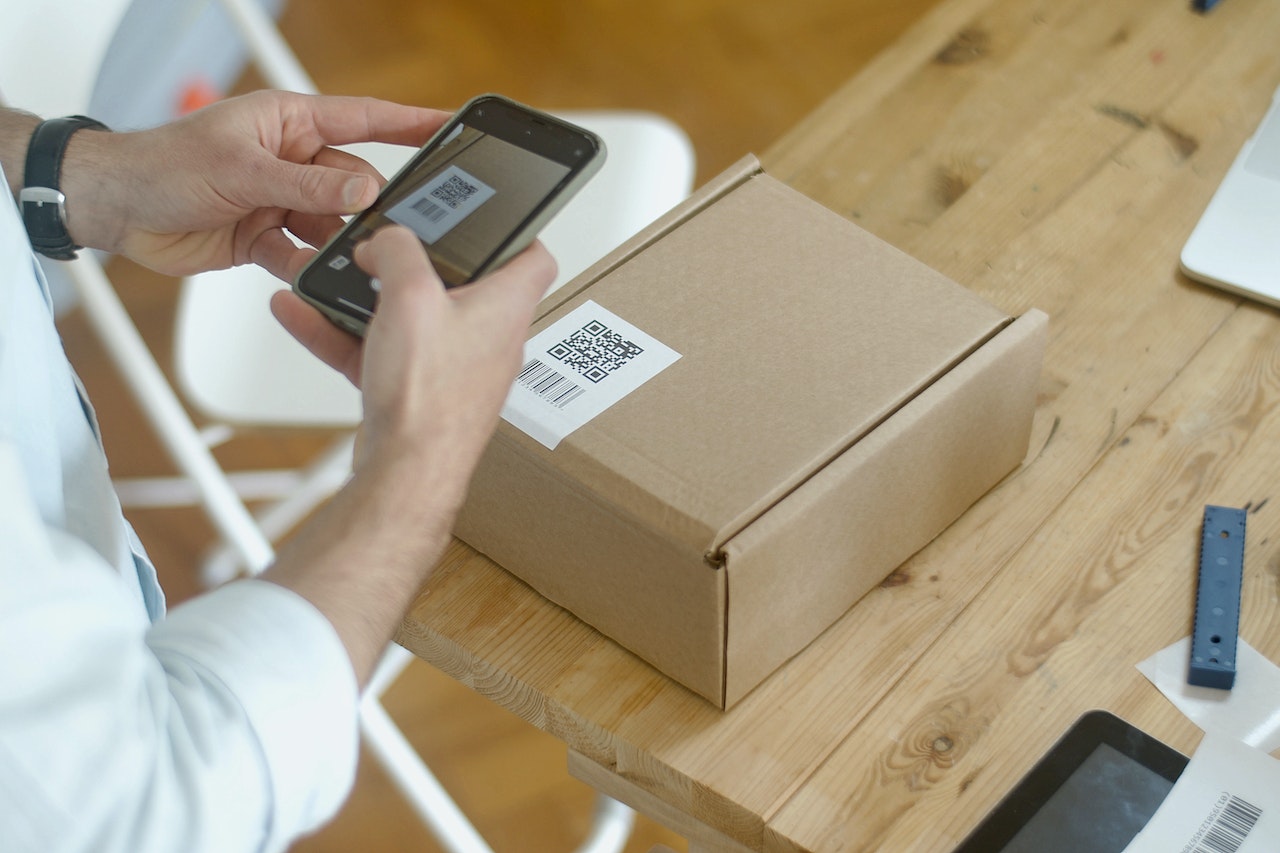
Welcome to the world of smart packaging – an innovative approach that binds together interactive technology, design, and the power of data to optimize supply chains and amplify customer experiences. In today’s fast-paced landscape, businesses across multiple sectors are zealously embracing this new trend for its unparalleled benefits.
However, staying ahead of the technological curve is paramount to standing out from the competition and fueling growth. This comprehensive guide reveals how smart packaging technology works, discusses implementation strategies, and addresses some challenges to adopting smart packaging solutions.
What is Smart Packaging?
Smart packaging is a term used to describe advanced technologies and features in product packaging. It goes beyond sustainable packaging by incorporating interactive elements, sensors, and communication capabilities. The purpose is to enhance the functionality, safety, sustainability, and user experience of goods and products.
Smart packaging comes in two main categories: active and intelligent packaging.
Active Packaging
Active packaging features interactive technology that directly affects the product or its environment. It can extend shelf life, control moisture levels, or enhance product safety. Active packaging differs from traditional, passive packaging, which serves as a barrier against external elements without interacting with the product itself.
Some examples of active packaging include:
- Temperature Regulators: Substances that release or absorb energy inside the packaging to maintain a specific temperature.
- Antimicrobial Agents: Compounds used in smart packaging that actively kill or prevent the growth of microbes.
- UV Protectors: Some packaging materials absorb UV rays to prevent ultraviolet light from degrading the product.
Intelligent Packaging
Intelligent packaging is slightly different. Food and beverage industries prefer this form of packaging because it utilizes information and communication technologies, like the Internet of Things (IoT). It’s very effective at monitoring product conditions in real-time.
Temperature, humidity, and freshness directly affect food quality, and intelligent packaging can reduce waste and spoilage. The idea of intelligent packaging developed in the early 1990s and has since undergone significant evolution.
With rapid technological advancements and growing consumer demand for enhanced experiences, smart packaging solutions continue to shape the future for many industries.
Benefits of Smart Packaging
Smart packaging is revolutionizing modern commerce. Below, we’ll delve into its many benefits.
Maintains Product Quality
Smart packaging utilizes advanced sensors and indicators to monitor the condition of products, ensuring their freshness and longevity. Real-time insights can detect exposure to harmful elements to help businesses maintain product quality and extend shelf life. That reduces waste and allows consumers to access genuine, high-quality products from the manufacturer.
Improves Customer Experience
With technologies such as QR codes, RFID, and NFC, smart packaging solutions offer an interactive and informative user experience. Customers can scan or tap the packaging to learn more about the product.
Access to ingredients, usage instructions, and personalized recommendations enhance brand reputation. More engagement increases customer satisfaction, establishes brand loyalty, and builds trust.
Ensures Product Safety
Smart packaging can also ensure product safety. That translates into higher profits and happier customers. Time-temperature indicators allow businesses to monitor and track a product’s exposure to conditions that may compromise safety. This proactive approach helps prevent the distribution of unsafe products and minimizes waste throughout the supply chain.
Enhances Operational Efficiency
With real-time data, operations and inventory management processes will improve. Optimizing market penetration, reducing costs, and improving efficiency is easy when you have statistical information on product location, condition, and consumer demand. This level of visibility helps ensure timely restocking, minimize shortages, and improve overall performance.
Components and Technologies Involved
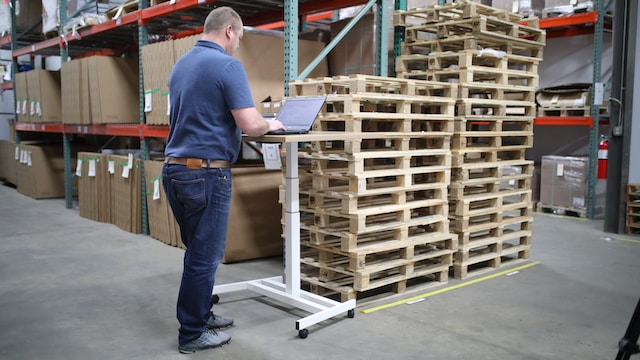
Smart packaging solutions rely on a combination of components to enhance functionality and deliver innovative features. Here are the essential elements that make up smart packaging.
Sensors: RFID and NFC
RFID (Radio Frequency Identification) tags are intelligent tracking systems that utilize radio frequencies to search, identify, track, and communicate with items and individuals. Also known as smart labels, RFID tags store a wealth of information, including serial numbers, descriptions, and extensive data.
They enable seamless inventory management, supply chain optimization, and enhanced product traceability. NFC (Near Field Communication) technology in smart packaging offers an interactive customer experience.
It enables brands and retailers to deliver product information, promotional offers, and more through a simple tap using smartphones. NFC-equipped packaging enhances engagement, creates personalized interactions, and fosters stronger connections between consumers and brands.
QR Codes and Barcodes: Informative Communication
Packaging QR codes serve as gateways to valuable product details for consumers. With a smartphone, customers can scan these codes to access information about the product’s benefits, uses, and other relevant details.
Barcodes also play a crucial role in inventory management, providing efficient tracking and identification of products throughout the supply chain.
Indicators: Monitoring Freshness and Quality
Indicators integrated into smart packaging solutions, such as freshness and temperature indicators, help monitor the quality and condition of products.
For instance, carbon dioxide indicators gauge freshness by detecting changes in carbon dioxide levels caused by microbial spoilage, fermentation, ripeness, or degassing.
These indicators ensure consumers receive fresh and safe products while reducing waste and optimizing shelf life.
Connectivity: IoT and Cloud Computing
Smart packaging leverages connectivity to the Internet of Things (IoT) and cloud computing, enabling seamless data exchange and remote monitoring.
IoT-enabled packaging devices can communicate real-time information about product location, temperature, and other vital parameters.
Cloud computing infrastructure securely stores and analyzes the vast amounts of data collected from smart packaging solutions, facilitating intelligent decision-making and enhancing supply chain efficiency.
Applications and Use Cases

From ensuring food freshness to enhancing user engagement, smart packaging is reshaping the way businesses serve their customers. Below are some of its applications in various industries.
Food and Beverage
Intelligent packaging materials that contain sensors enable real-time monitoring of jarred and bottled goods inside and outside the package. They track factors like temperature, pH levels, and more, transmitting valuable information to users.
With smart packaging, companies can enhance Hazard Analysis and Critical Control Points (HACCP) and Quality Analysis and Critical Control Points (QACCP) systems.
Pharmaceuticals
The pharmaceutical and healthcare industry utilizes smart packaging solutions to combat counterfeiting and enhance traceability. Security seals on product boxes and traceability measures on vials help safeguard authenticity.
These measures ensure product integrity and provide crucial information for handling sensitive healthcare products, ultimately ensuring patient safety and regulatory compliance.
Electronics
QR codes and barcodes protect the consumer electronics industry against counterfeiting and gray market diversion. Unique codes printed on individual packages using digital, variable data printing enable traceability throughout the supply chain.
Each code connects to a controlled digital experience that can be updated by the brand owner even after the product is in circulation.
Cosmetics and Personal Hygiene
Smart packaging in the personal care and cosmetics industry provides an avenue for enhanced user engagement. By incorporating features like NFC or QR codes, brands can offer interactive experiences, providing customers with detailed product information, usage tips, and personalized recommendations.
Challenges and Considerations
While smart packaging solutions offer numerous benefits, there are several challenges and considerations that businesses need to address when implementing these technologies. We’ll discuss some of these below.
ROI
QR codes, NFC tags, barcodes, and GS1 Digital Links have different costs and capabilities. For example, while QR codes may seem cost-effective initially, the need for serialization can quickly increase per-package costs.
NFC tags, offering a frictionless experience and serialization, can vary in price depending on volume and technical specifications. Additionally, applying tags to packages incurs additional costs that vary based on application methods and environments.
Security Threats and Data Privacy
As supply chain processes become more digitized, companies face new security threats. Digital solutions like IoT and data analytics enable better decision-making, but require enhanced data privacy and security measures.
With increasing reliance on digital technology, businesses must combat sophisticated hackers and counterfeiters who exploit vulnerabilities.
Environmental Concerns
While smart packaging offers advanced features, there are a few environmental impacts. Some materials contain synthetic dyes, toxic compounds, and solvents that may migrate into food, posing potential health hazards.
However, recent developments have introduced environmentally friendly alternatives, such as paper RFID tags, conductive inks made from recyclable materials like graphene, and active packaging components derived from natural sources like cellulose and essential oils.
The Future of Smart Packaging
As the world becomes increasingly connected and technology continues to advance, the future of smart packaging looks promising. Recent innovations in AI technology are revolutionizing packaging processes.
AI-powered vision systems can analyze images or videos of packaged products in real time, detecting defects and errors while reducing the need for manual inspection.
Additionally, blockchain technology offers immutable data storage, enabling enhanced product safety, authentication, and traceability throughout the supply chain.
Innovations in Active Packaging Technology
Active packaging technology is evolving to meet the demands of various industries. Oxygen scavengers, incorporated into packaging, absorb oxygen to extend the shelf life of oxygen-sensitive products like food and pharmaceuticals.
Ethylene absorbers help control ethylene levels, delaying the ripening process and extending the freshness of produce. Moisture control systems regulate moisture content to prevent deterioration, while time-temperature indicators provide visual cues to assess product quality and safety.
Growing Markets and Sectors
The growth of 3D printing and on-demand production has significant implications for smart packaging. These technologies enable rapid prototyping, customization, and efficient production, revolutionizing how packaging is designed and manufactured.
As businesses seek more agile and sustainable solutions, 3D printing and on-demand production offer exciting opportunities for the future of smart packaging.
Potential Societal Impacts
Smart packaging has the potential to bring about significant societal impacts. Addressing product safety, reducing waste, and enhancing traceability helps us contribute to a more sustainable and responsible consumption ecosystem.
With the ability to track and authenticate products through the supply chain, we can combat counterfeiting and ensure consumer trust. Lastly, smart packaging provides valuable information, promotes transparency, and informs the end user.
Wrapping Up
Smart packaging offers immense potential for businesses looking to enhance their product offering and create a more engaging customer experience. AI technology, IoT connectivity, and augmented reality are molding smart packaging solutions and pushing us forward.
Fine-tuning this technology will revolutionize how products are packaged, marketed, and consumed. As a business, staying ahead of the curve is a must, and adopting new packaging strategies will keep you competitive.
Gorilla Shipper has the packaging solutions to help you stay competitive and reach your sustainability goals. Shop our biodegradable Hexabox Shippers and Pulp Shippers to protect your products and profits!

